13 Secret Ingredients That Will Elevate Your Cooking Game
If you love to cook, you know how a few simple ingredients can transform a dish. There are certain items that can instantly take your meals to the next level. Whether you are cooking a savory dish or a sweet treat, the right additions can make all the difference. These secret ingredients are often overlooked but can be game changers in your kitchen. Try experimenting with them and see how they can improve your cooking experience.
This post may contain affiliate links, which helps keep this content free. Please read our disclosure for more info.
Saffron
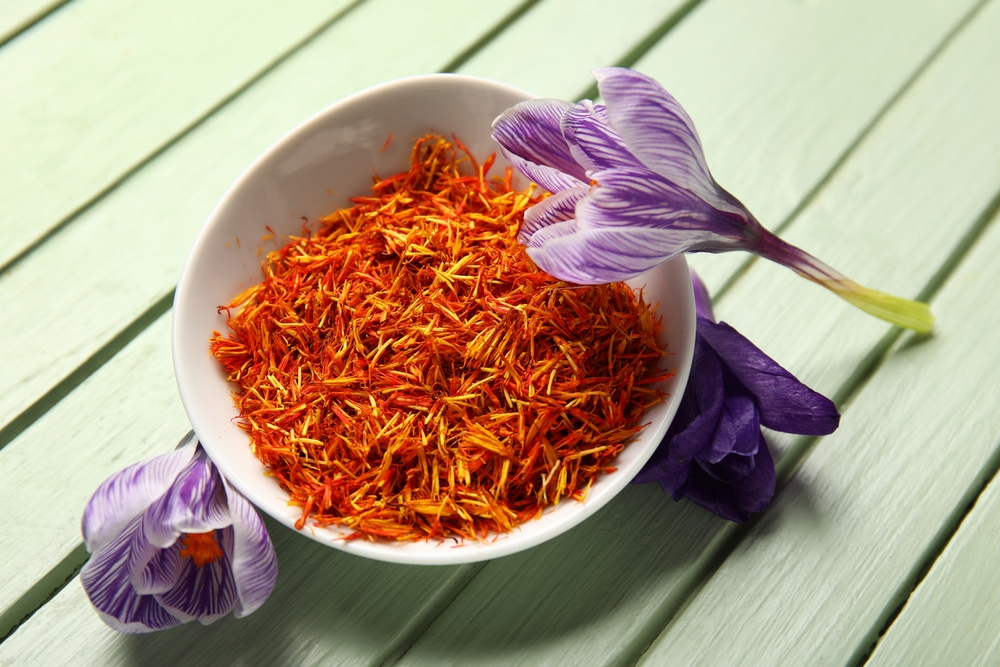
Saffron is one of the world’s oldest and most precious spices, harvested from the crocus flower. It has been used in Mediterranean, Middle Eastern, and Asian cuisines for thousands of years, offering a vibrant yellow hue and unique flavor. When added to dishes, it imparts a distinct, earthy, slightly floral taste, transforming ordinary meals into something extraordinary. Saffron is most commonly used in rice dishes, paellas, and certain sauces, adding richness and depth.
Its labor-intensive harvesting process makes saffron one of the most expensive ingredients. A little goes a long way, with just a few threads being enough to infuse a dish with its bold flavor. While its price may seem steep, its ability to elevate a meal is unmatched. It is also known for its potential health benefits, such as antioxidant properties and mood-enhancing effects.
Miso
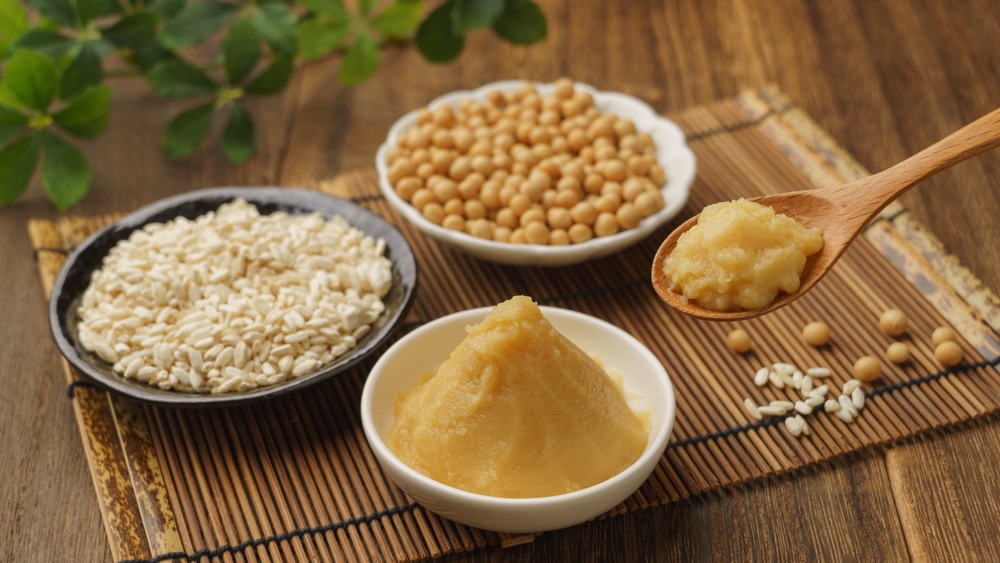
Miso is a traditional Japanese seasoning made from fermented soybeans, salt, and a koji culture. It has been a staple in Japanese cooking for centuries, known for its savory, umami flavor. Miso can range from light and mild to dark and rich, depending on the fermentation time. It is often used in soups, dressings, and marinades, giving a deep, savory taste to dishes.
The fermentation process adds complexity to miso, and it also provides probiotics that support gut health. Its salty and umami flavor can add depth to a variety of savory dishes, from sauces to stir-fries. Miso’s versatility makes it a valuable ingredient in both traditional and modern recipes. Using miso as a base for soups or sauces is a great way to add a punch of flavor without relying on heavy seasonings.
Fish Sauce
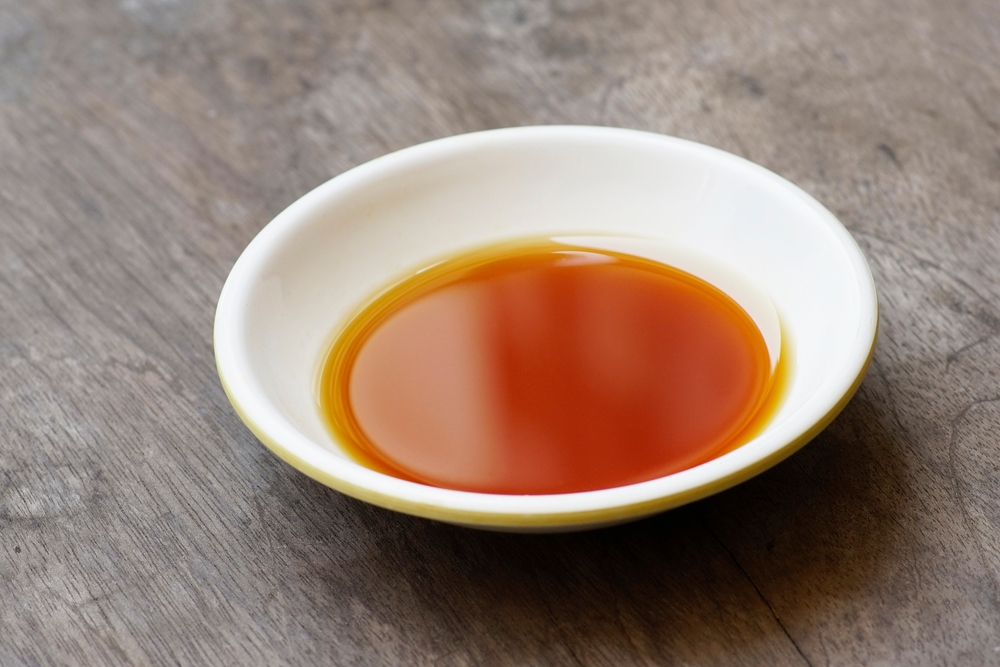
Fish sauce is a fermented condiment commonly used in Southeast Asian cooking, particularly in Thai, Vietnamese, and Cambodian dishes. Made from fermented fish, it has a strong, salty flavor that is an essential component in many traditional recipes. Fish sauce provides a rich umami taste, which enhances the overall flavor of dishes like curries, stir-fries, and even salad dressings.
Despite its pungent smell, fish sauce is a key ingredient in balancing flavors in Southeast Asian cuisine. It is often used in small amounts, but its impact is significant, rounding out dishes and enhancing other flavors. It is an indispensable ingredient in dishes such as pad thai and pho, where it contributes to the bold, layered flavors that make these recipes so beloved.
Sumac
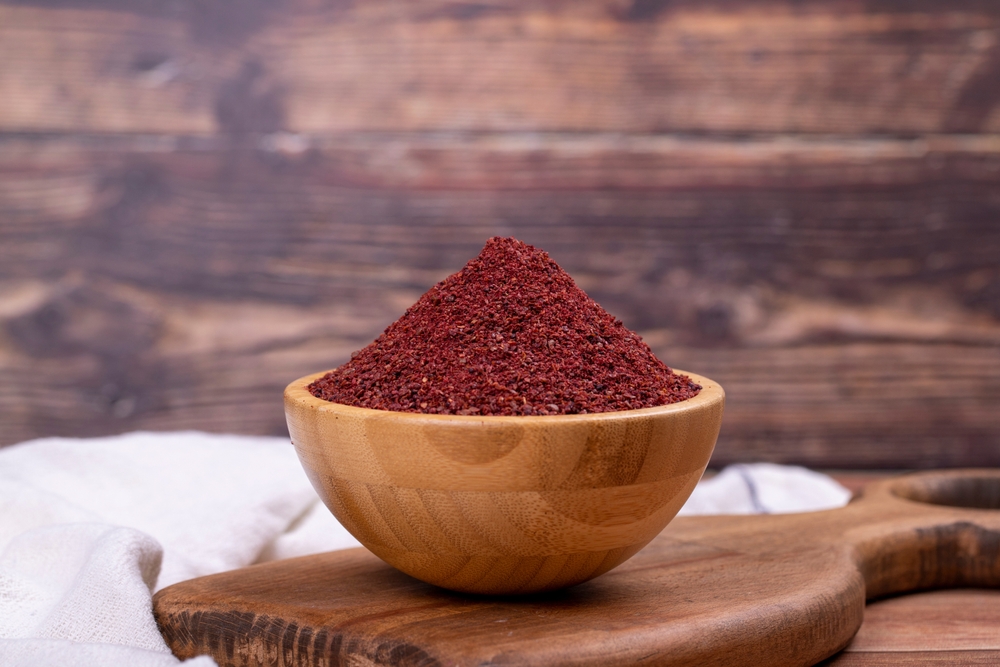
Sumac is a tangy, reddish-purple spice often used in Middle Eastern and Mediterranean cuisines. It is made from dried and ground sumac berries, offering a sour, lemony flavor that brightens dishes. Sumac can be sprinkled on salads, roasted vegetables, or meats, providing a refreshing, citrusy zing without the acidity of lemon.
This spice has been used for thousands of years, valued for both its flavor and medicinal properties. Sumac’s versatility allows it to pair well with a wide range of ingredients, especially in spice blends like za’atar. Its sharp, tart flavor is perfect for balancing richer or fattier dishes. It is also packed with antioxidants, contributing to both taste and health benefits.
Tahini
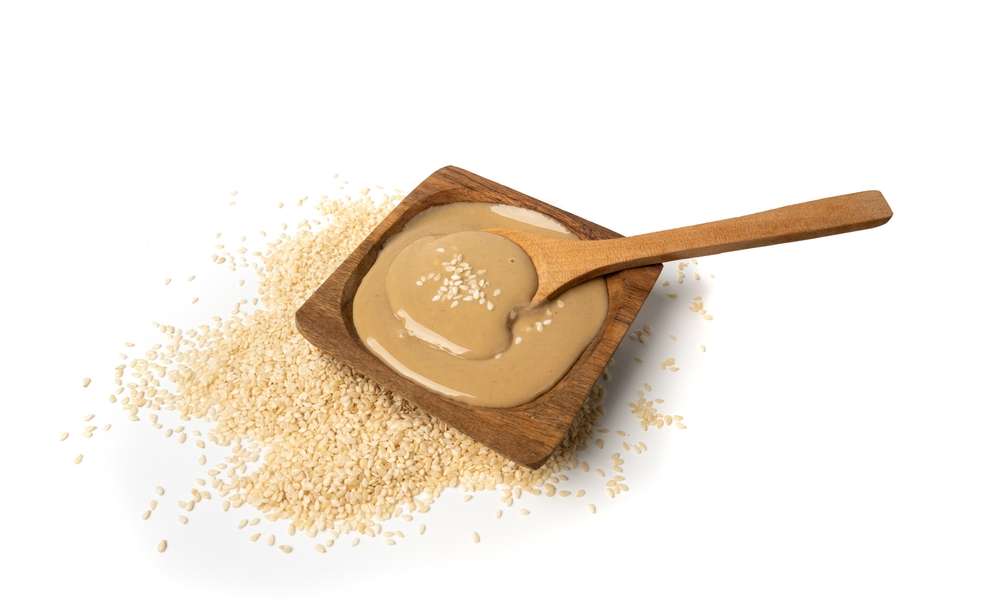
Tahini is a paste made from ground sesame seeds, widely used in Middle Eastern, Mediterranean, and North African cuisines. It has a creamy texture and a slightly nutty flavor that can enhance both savory and sweet dishes. Tahini is a key ingredient in hummus and baba ganoush but can also be used in salad dressings, marinades, and baked goods.
The sesame seeds in tahini are rich in healthy fats and minerals like calcium, making it both a flavorful and nutritious addition to meals. It pairs wonderfully with lemon, garlic, and olive oil, creating a rich, smooth base for sauces and dips. Adding tahini to your cooking can give dishes a creamy texture and earthy depth that complements a variety of flavors.
Gochujang
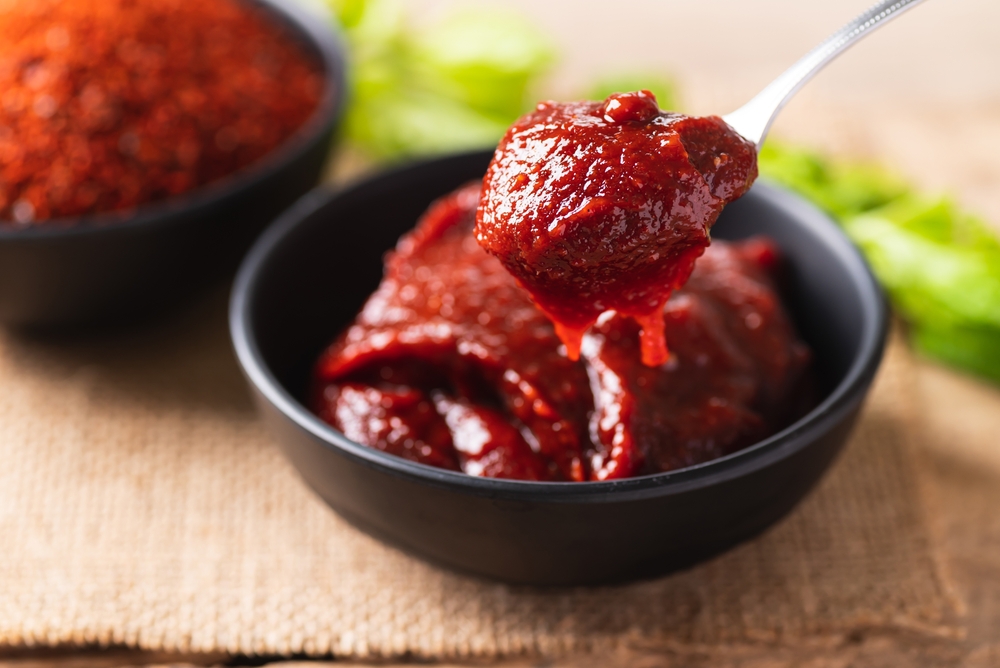
Gochujang is a Korean chili paste made from fermented soybeans, glutinous rice, and red chili peppers. This savory, sweet, and spicy paste is a staple in Korean cooking and has gained popularity worldwide. It is often used in stews, stir-fries, and marinades, providing a depth of flavor with a subtle heat.
The fermentation process adds a layer of complexity to gochujang, making it far more than just a spicy ingredient. It balances the heat with a slight sweetness, which can enhance dishes like bibimbap and Korean BBQ. Gochujang is also rich in umami, making it a versatile addition to sauces and dressings. It is a must-have in the kitchen for anyone looking to explore bold, flavorful cooking.
Za’atar

Za’atar is a spice blend commonly used in Middle Eastern cuisine, with ingredients that vary slightly depending on the region. The typical blend includes dried thyme, oregano, sesame seeds, and sumac, creating a fragrant and herby seasoning. Za’atar is commonly sprinkled on flatbreads, vegetables, meats, or mixed with olive oil for dipping.
This spice mix has deep historical roots, often associated with health benefits and traditional dishes. Za’atar’s combination of herbs and sesame seeds provides a savory, earthy taste that enhances both vegetarian and meat dishes. It is an excellent seasoning for roasted vegetables or grilled meats, offering a balance of herbaceous, nutty, and tangy flavors. Za’atar adds complexity to dishes with minimal effort, making it a great addition to any pantry.
Harissa
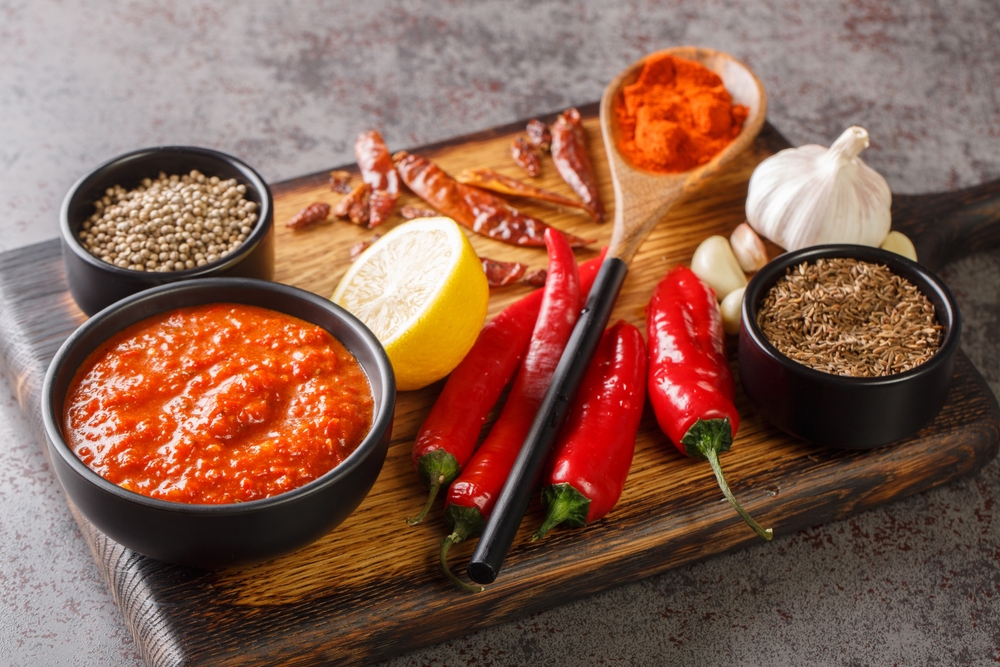
Harissa is a fiery North African chili paste made from roasted red peppers, garlic, olive oil, and a variety of spices like cumin and coriander. It is a versatile condiment used in stews, soups, and couscous, providing a smoky, spicy kick to any dish. Its flavors range from mildly spicy to quite hot, depending on the variety of chilies used.
The paste has a rich, smoky depth thanks to the roasted peppers and the mix of spices. Harissa is essential in Tunisian and Moroccan cuisine but has become popular worldwide as a way to add heat and complexity to dishes. It can be used as a marinade for meats or stirred into soups and dips to add both flavor and heat. A little harissa goes a long way, and it can be adjusted to suit any level of spice preference.
Pomegranate Molasses
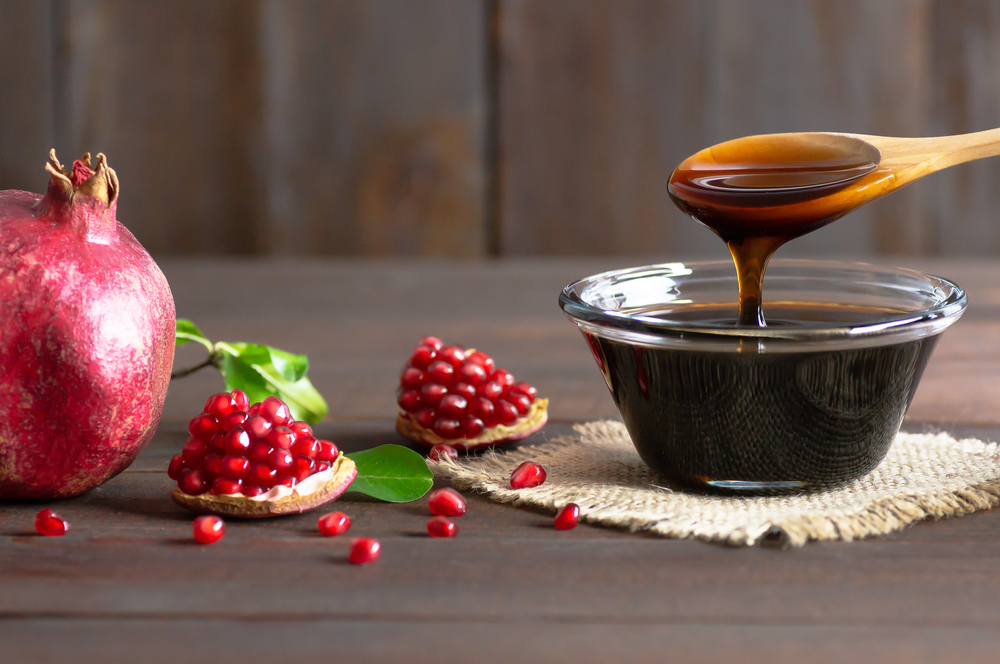
Pomegranate molasses is a thick, sweet-and-tart syrup made from reduced pomegranate juice. It is widely used in Middle Eastern and Mediterranean cuisines to add a tangy, fruity depth to dishes. It can be drizzled over salads, meats, or roasted vegetables to enhance their flavors with a unique combination of sweetness and acidity.
This ingredient is often used in savory dishes, providing a contrast to the richness of meats and the earthiness of vegetables. The sweet-tart profile of pomegranate molasses also works wonders in dressings and marinades. It is packed with antioxidants, making it both a flavorful and health-conscious choice. Its versatile nature makes it an easy ingredient to incorporate into a variety of recipes.
Truffle Oil
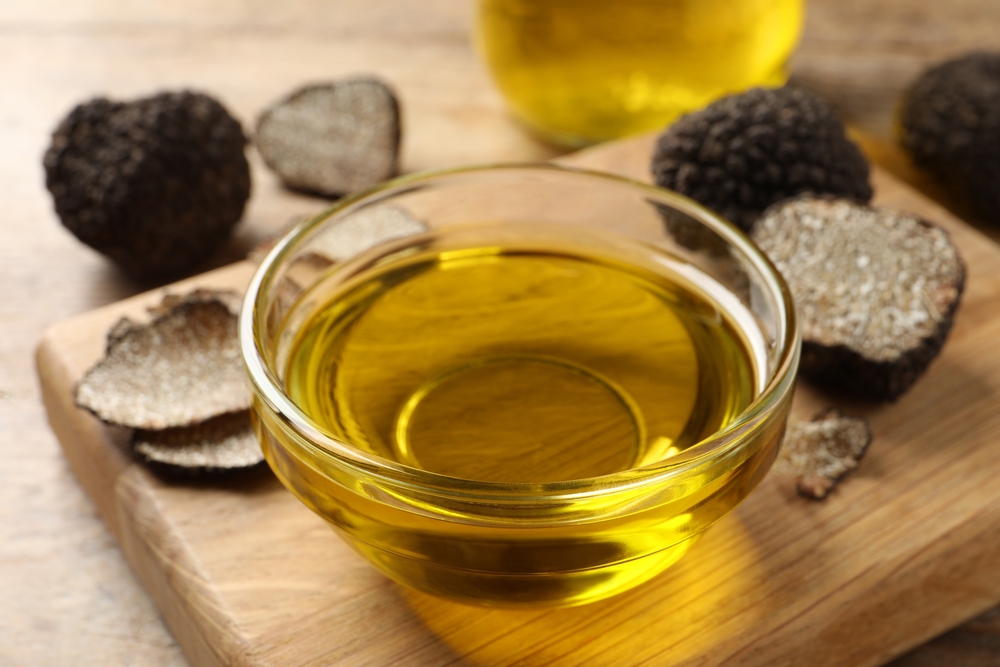
Truffle oil is a finishing oil infused with the distinctive aroma of truffles, a type of mushroom known for its luxurious flavor. It has become popular in gourmet cooking, adding an earthy, aromatic depth to dishes like pasta, risotto, and French fries. Truffle oil is often drizzled over cooked dishes just before serving, allowing the flavors to shine.
Although the flavor is intense, only a small amount is needed to make an impact. The oil is typically infused with either white or black truffles, each providing a unique flavor profile. Truffle oil can elevate simple dishes by adding an air of sophistication, making it a favorite in fine dining. It is ideal for finishing dishes and providing a rich, savory aroma that lingers.
Tamarind

Tamarind is a tropical fruit that is often used in cooking for its sweet, tangy, and slightly sour flavor. It is commonly found in Indian, Southeast Asian, and Latin American cuisines, where it is used in sauces, curries, and chutneys. Tamarind adds depth to dishes, balancing out rich or spicy flavors with its unique tartness.
The fruit is harvested from the tamarind tree, and its pulp is used to make tamarind paste or concentrate. This paste can be added to soups, stews, or even drinks for a distinctive flavor. Tamarind is also known for its medicinal uses, helping with digestion and serving as an antioxidant. It is a must-have ingredient for adding complexity to any cuisine.
Coconut Aminos

Coconut aminos is a soy-free alternative to soy sauce made from the sap of coconut trees and sea salt. It is a popular choice for people with soy allergies or those following a gluten-free or paleo diet. Coconut aminos has a similar salty, umami flavor but is slightly sweeter and less harsh than traditional soy sauce.
It is a versatile ingredient that can be used in stir-fries, marinades, or as a dipping sauce. The rich umami flavor of coconut aminos adds depth to dishes without the strong fermented taste of soy sauce. It’s also lower in sodium, making it a healthier option for those watching their salt intake.
Lemon Zest
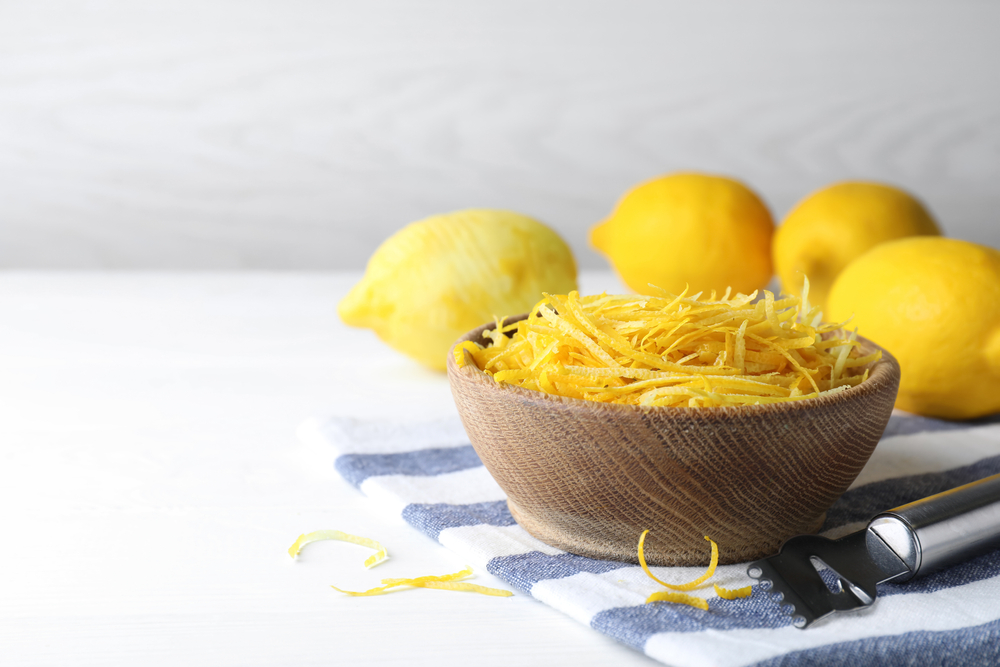
Lemon zest is the outer peel of a lemon, containing essential oils that are packed with vibrant, citrusy flavor. It adds a burst of brightness to both sweet and savory dishes, enhancing flavors without the acidity of lemon juice. The zest can be grated over salads, baked goods, or even seafood, providing a fragrant and fresh taste.
The essential oils in lemon zest are a natural source of antioxidants, which can add health benefits to your meals. It pairs well with herbs like thyme, rosemary, and basil, making it a great addition to marinades and dressings. Lemon zest is often used to lift heavier flavors in a dish, adding a touch of freshness that balances rich ingredients. It’s easy to add and packs a flavorful punch with just a small amount.
This article originally appeared on Avocadu.
